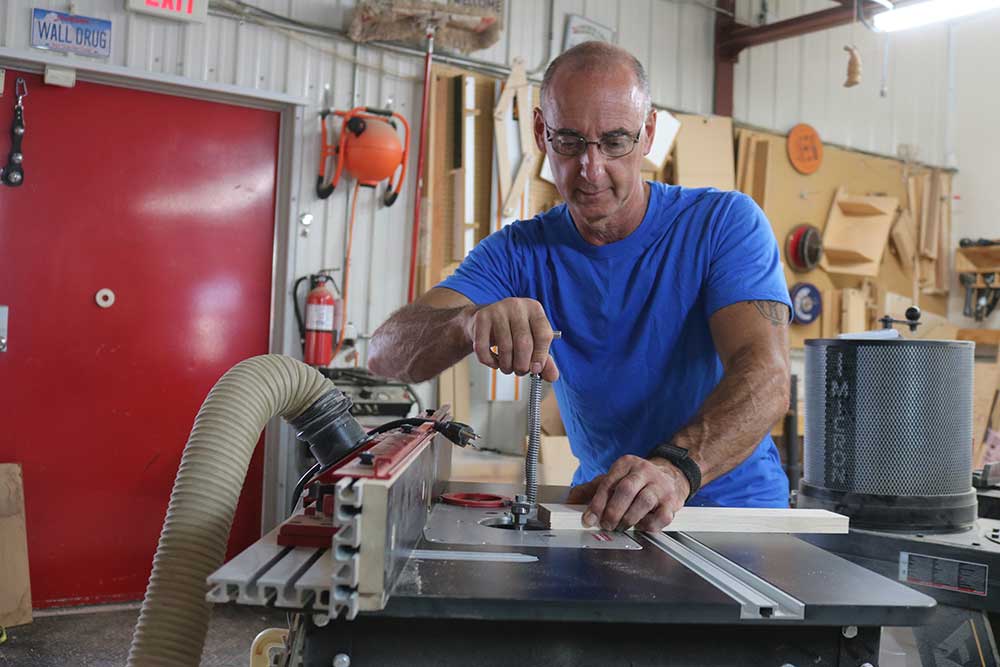
Working With Reclaimed Wood
George VondriskaUpcycling is all the rage today, and you may have wondered, “What is reclaimed wood?” Reclaimed wood has lots of features that make it worth bringing into your shop; its history, the wood’s character, and availability of species you may not be able to get otherwise. This instructional video from WoodWorkers Guild of America explains these benefits.
The good and the bad
There’s no such thing as a free lunch, and working with reclaimed wood does have some downsides. Is it more or less brittle than today’s woods? Should I worry about paint on the wood? What other working characteristics might give me problems? Don’t worry, we answer these questions, and more, for you.
The medium you work with
As woodworkers, each time we walk into the shop we’re (most likely) working with wood. In order to get the most out of your woodworking projects, understanding wood is very important. You need to understand the material to ensure you’re making the best possible choices for your projects.
Reclaimed wood
Reclaimed wood may be a viable option for you. Whether you’re doing the reclamation yourself, or buying the material from a supplier, the first step is understanding what you’re getting into when you’re working with reclaimed wood. This video will get you there.
Share tips, start a discussion or ask one of our experts or other students a question.
Already a member? Sign in
5 Responses to “Working With Reclaimed Wood”
Explore videos by George Vondriska
You may be interested in
Premium Membership
Unlock exclusive member content from our industry experts.
- 24/7 Access to Premium Woodworking Videos, Projects, and Tips
- Step-by-Step Instructional Demos, Plans, and Tutorials
- 50% Off Video Downloads Purchased in the Woodworkers Guild of America Shop
- 2 Printable Woodworking Plans
Unlock exclusive member content from our industry experts.
- 24/7 Access to Premium Woodworking Videos, Projects, and Tips
- Step-by-Step Instructional Demos, Plans, and Tutorials
- 50% Off Video Downloads Purchased in the Woodworkers Guild of America Shop
- 2 Full-Length Video Downloads to Watch Offline
- 2 Printable Woodworking Plans
Gold Membership
$370 Value
Get everything included in Premium plus exclusive Gold Membership benefits.
- 24/7 Access to Premium Woodworking Videos, Projects, and Tips
- Step-by-Step Instructional Demos, Plans, and Tutorials
- 8 Full-Length Video Downloads to Watch Offline
- 3 Full-Length Woodworking Classes to Keep for Life
- 7 Printable Woodworking Plans
- Discounts on Purchase-to-Own Content in the Woodworkers Guild of America Shop
- Access to Ask the Expert Program
- Exclusive GOLD LIVE Streaming Events
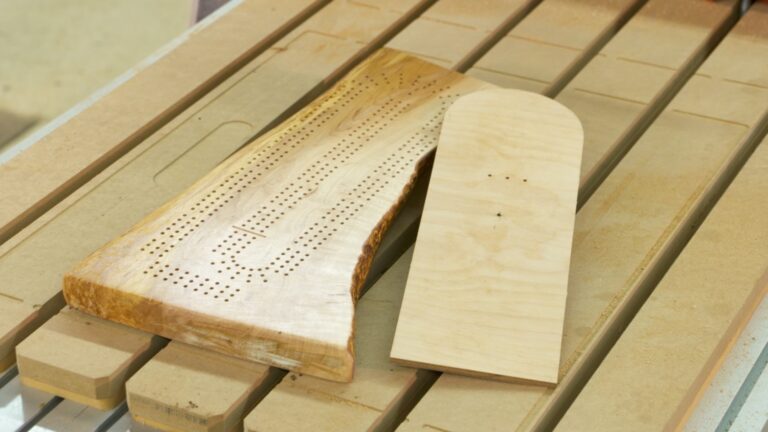
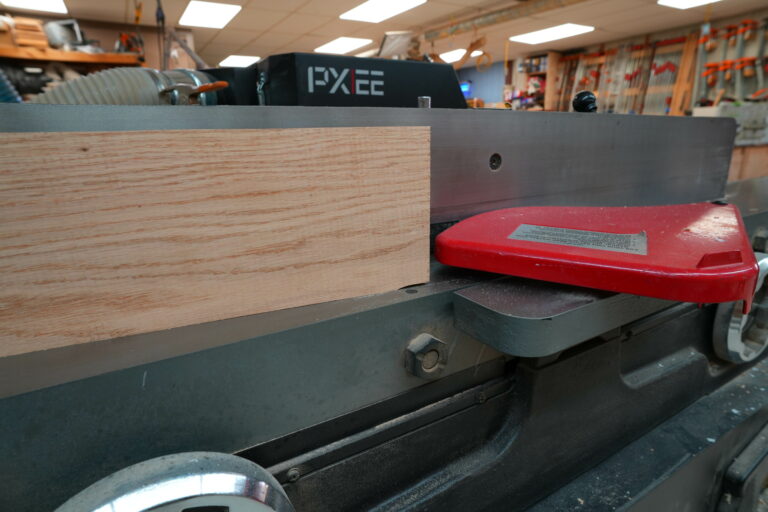

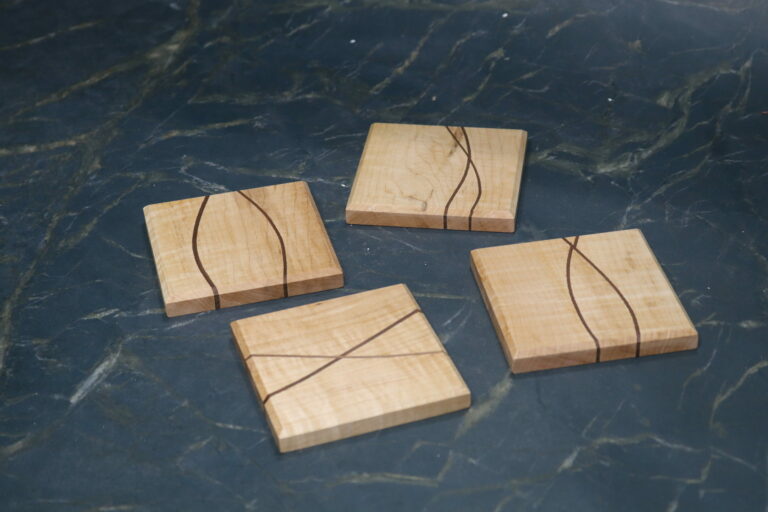
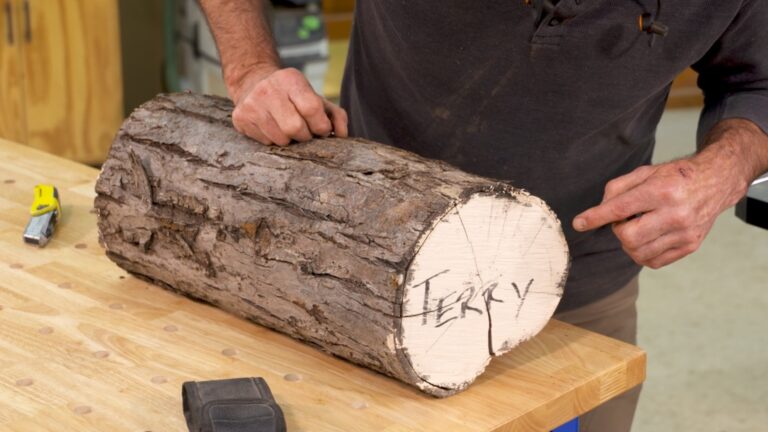
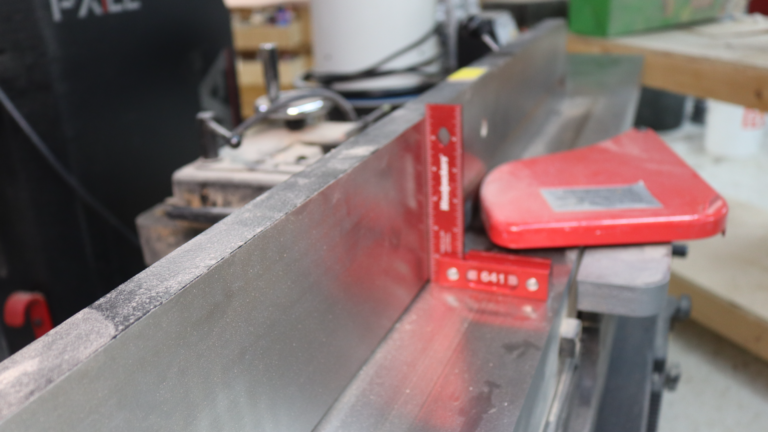
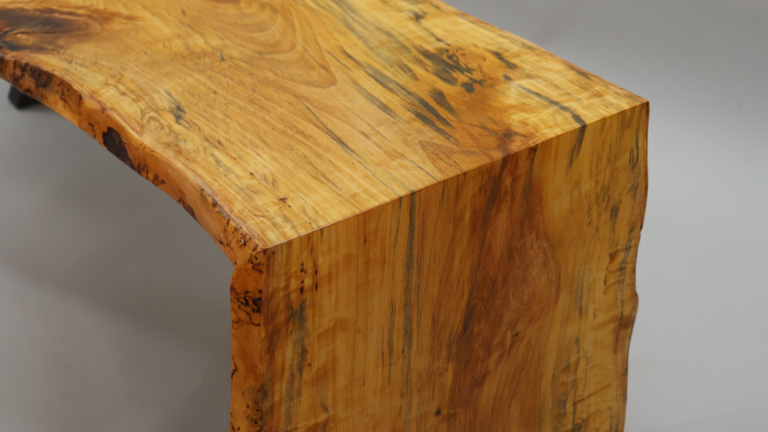
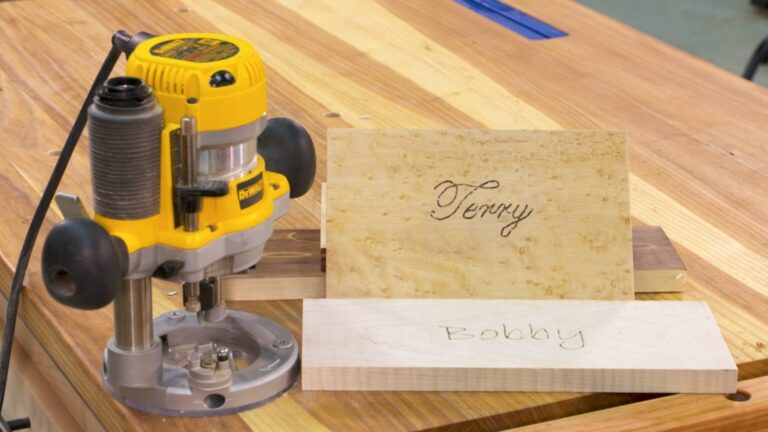

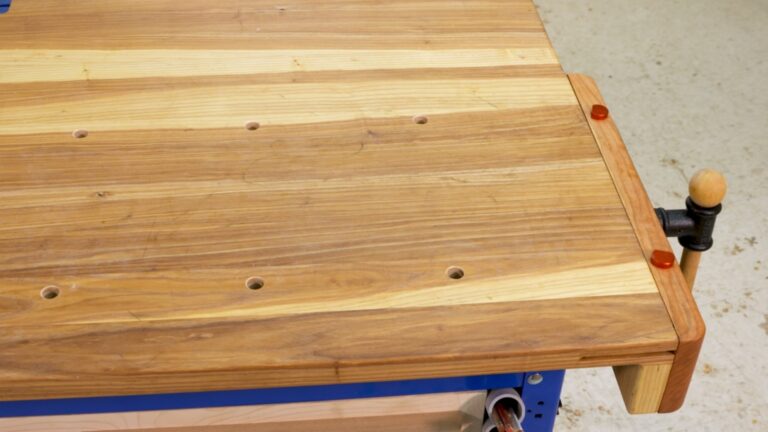

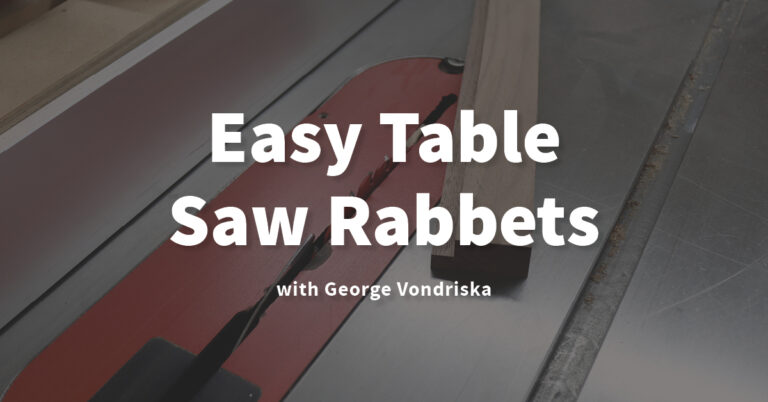
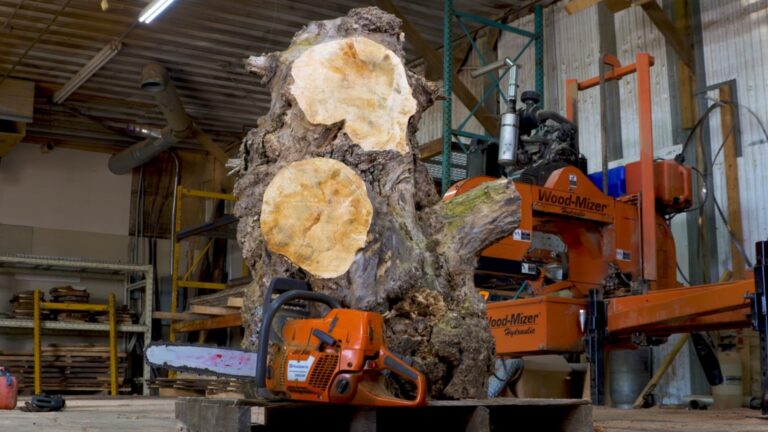


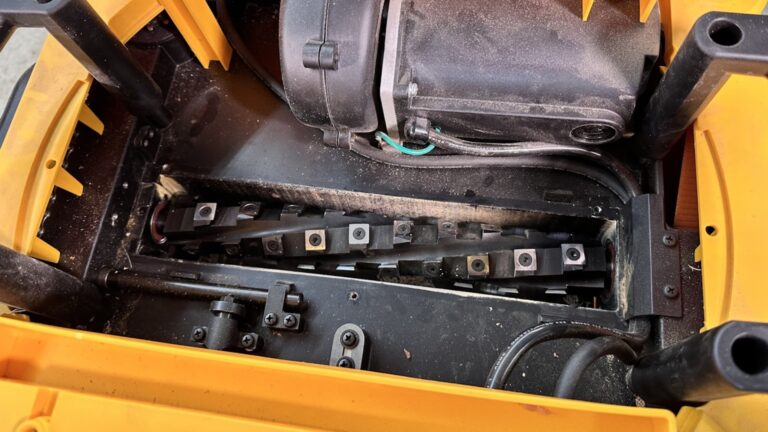
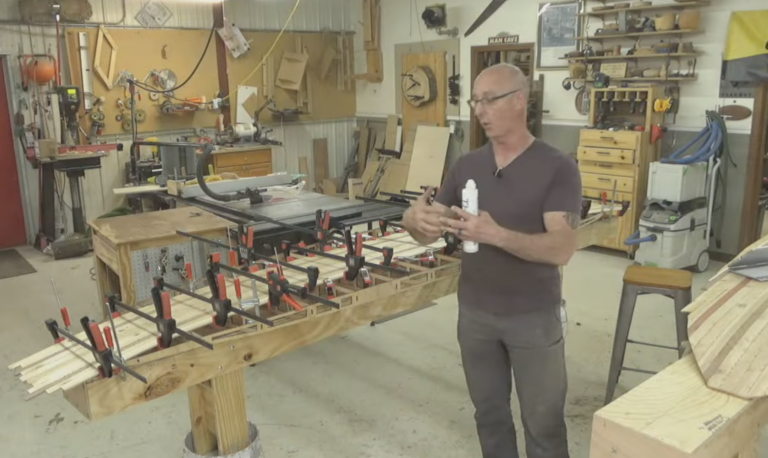
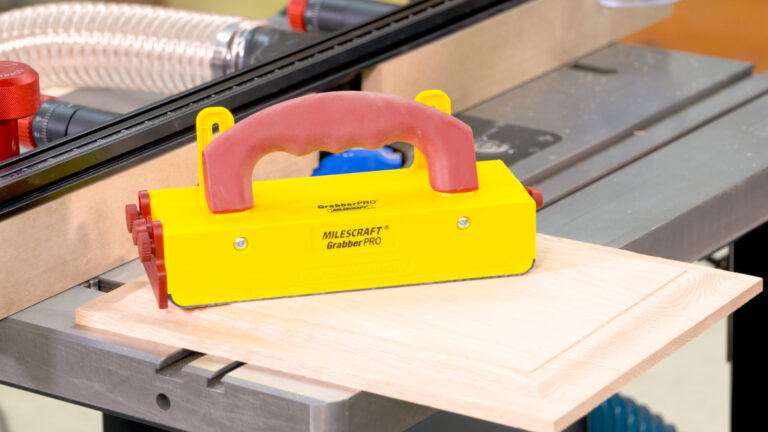
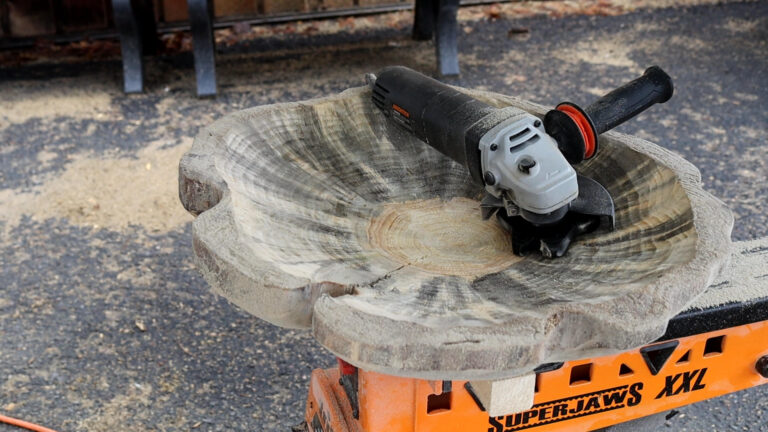
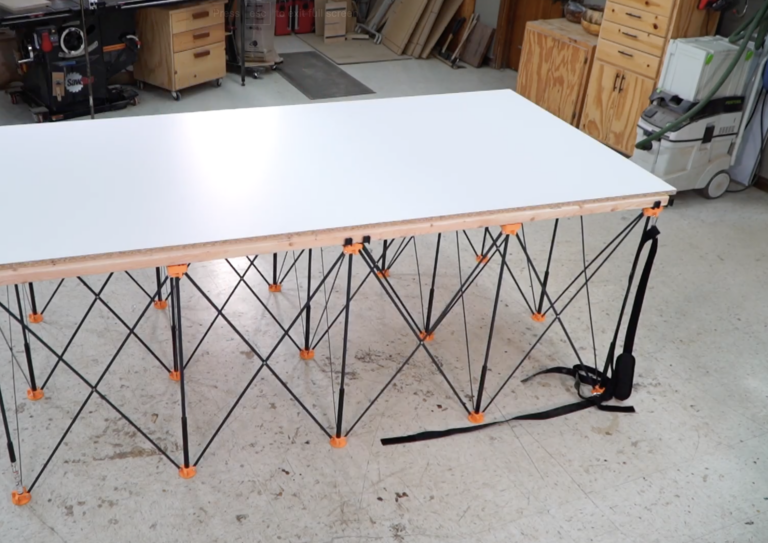
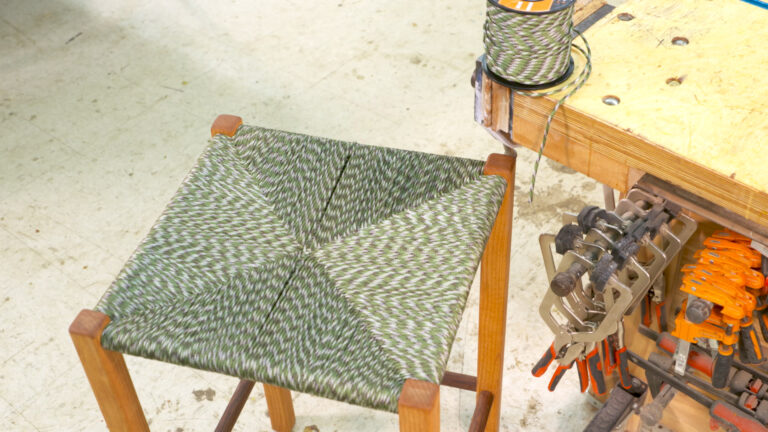
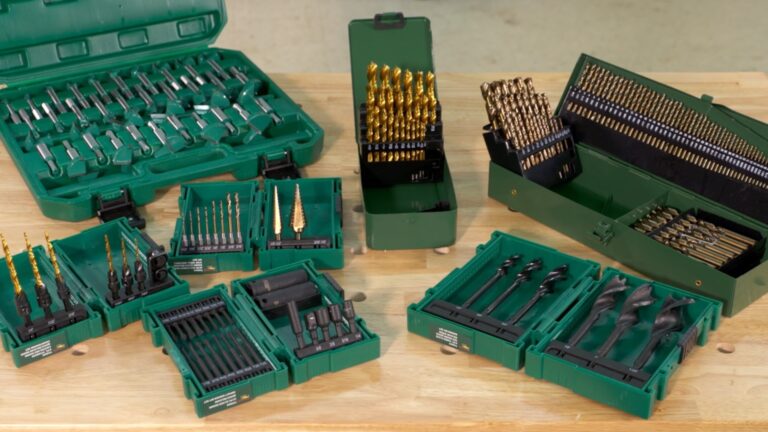
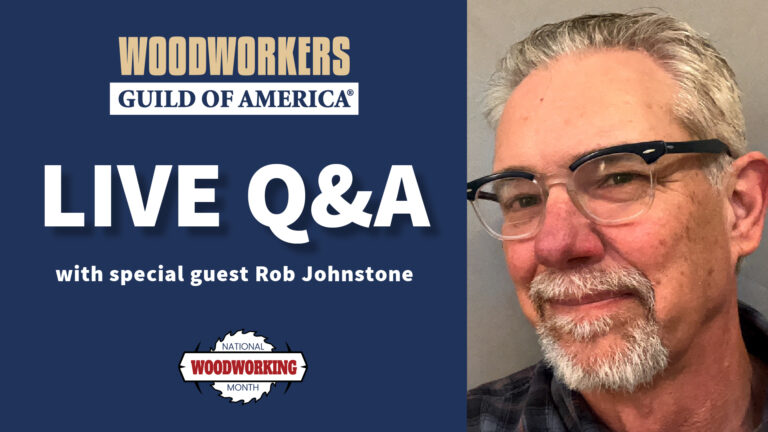
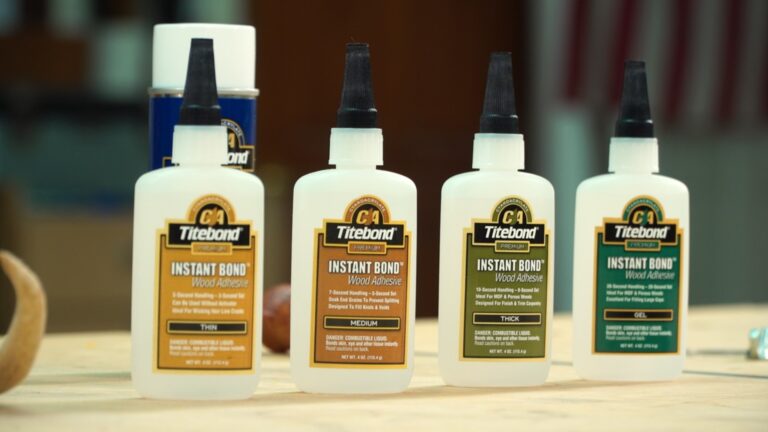
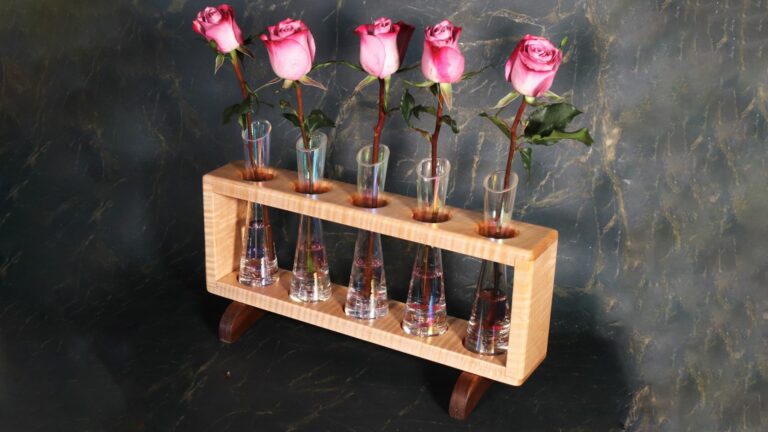
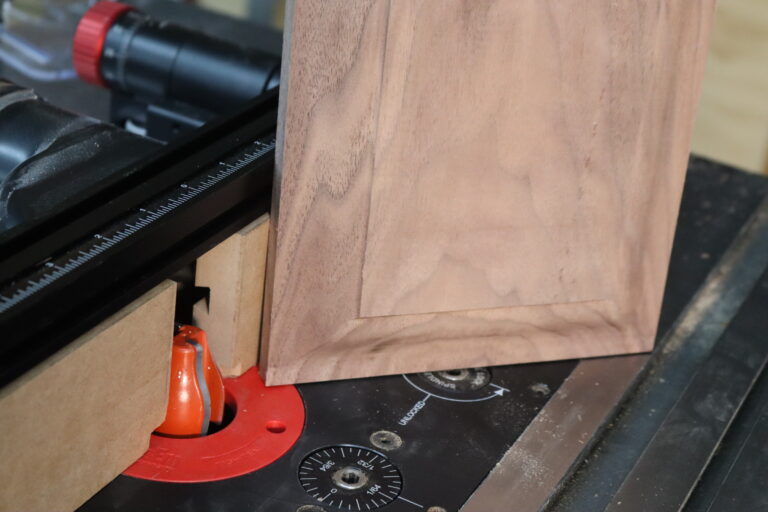
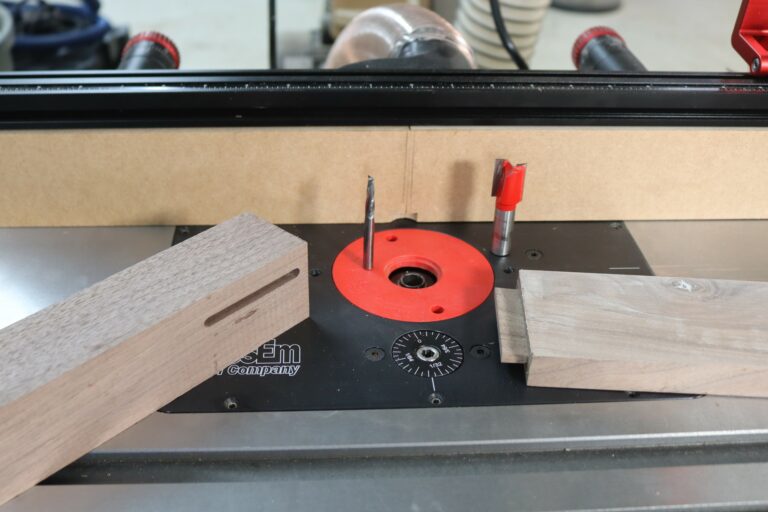
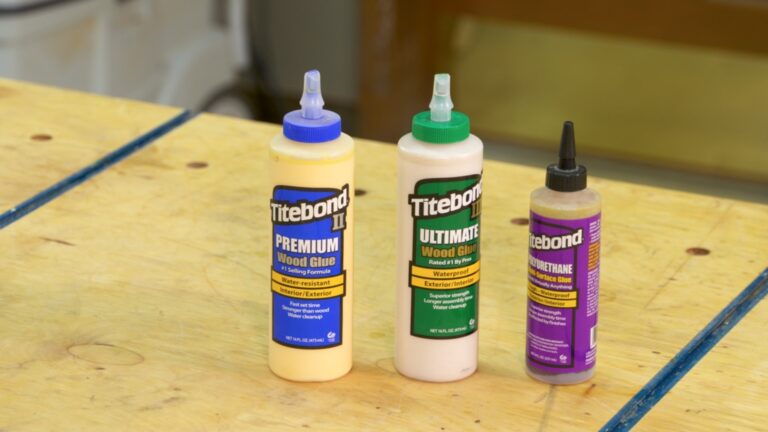
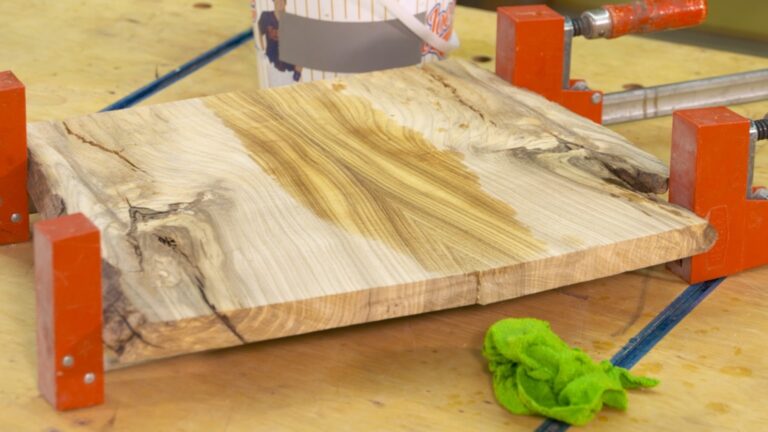
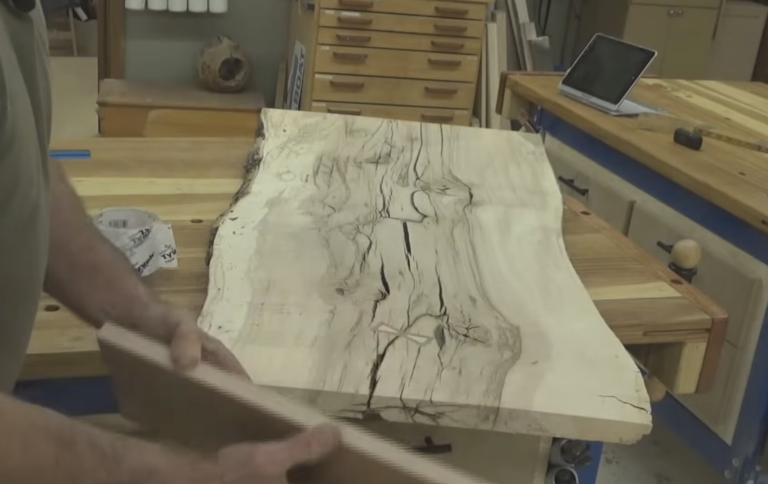
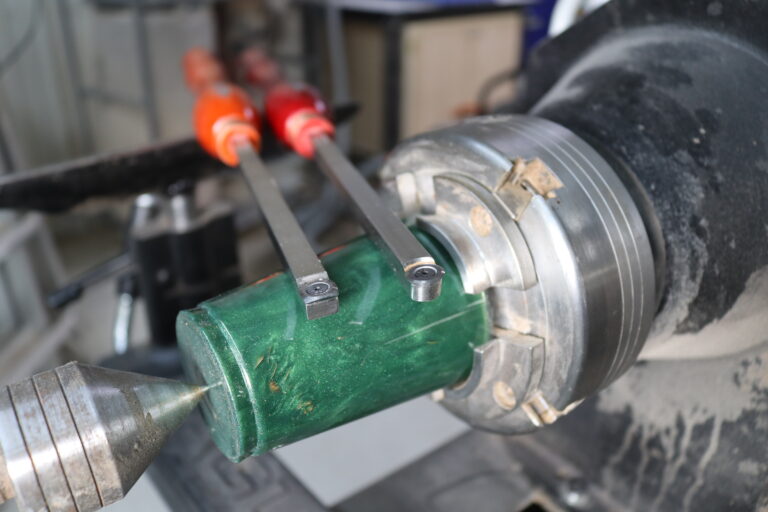
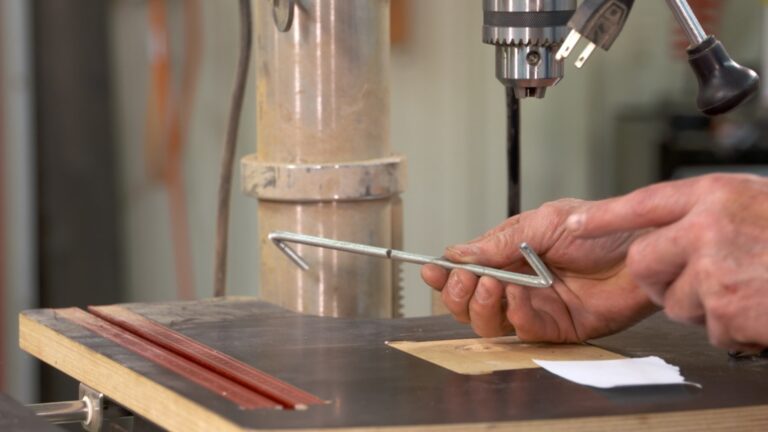
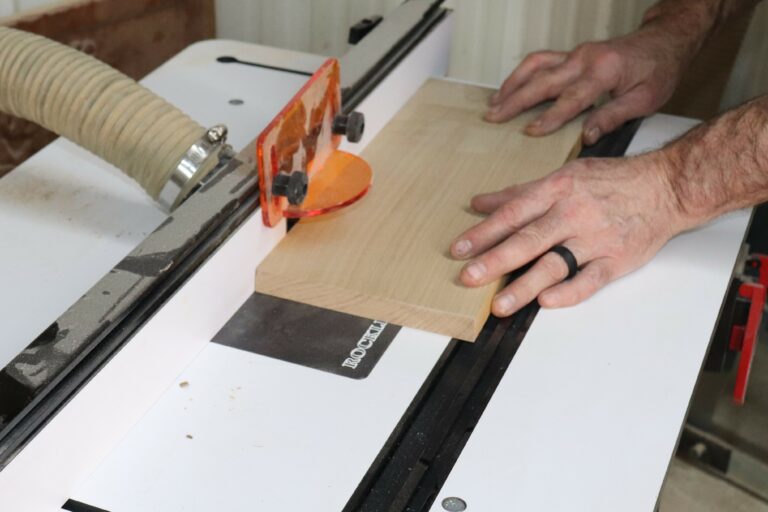
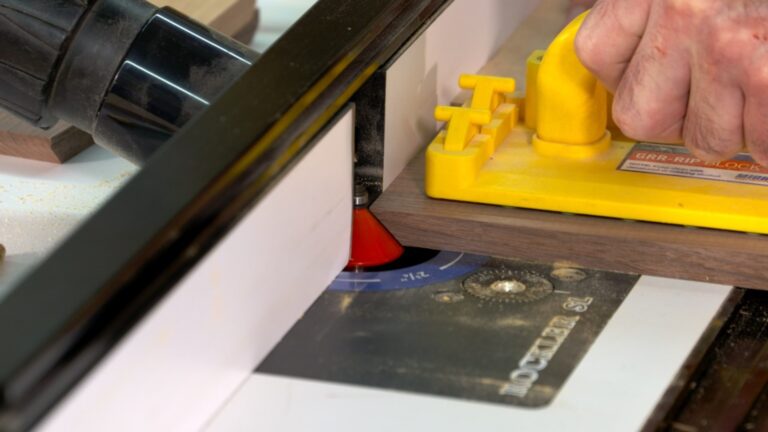
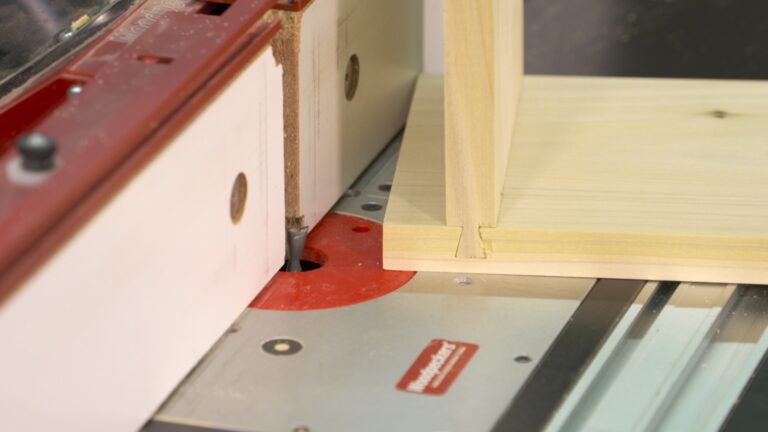
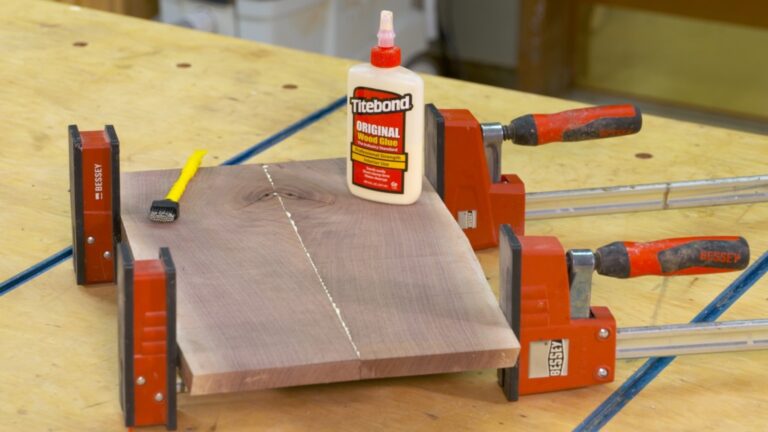
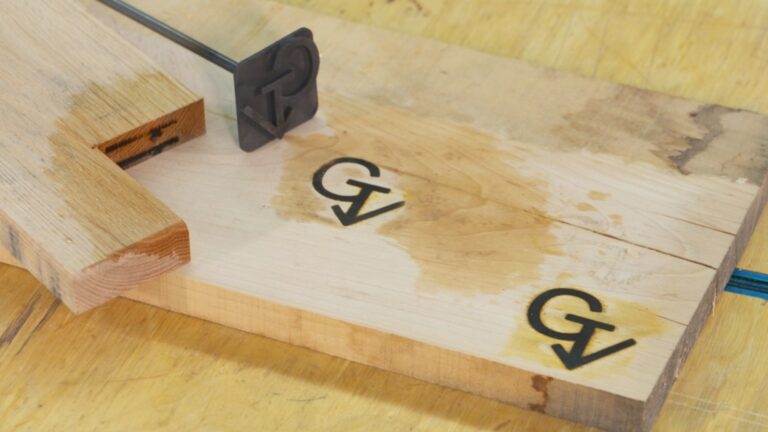
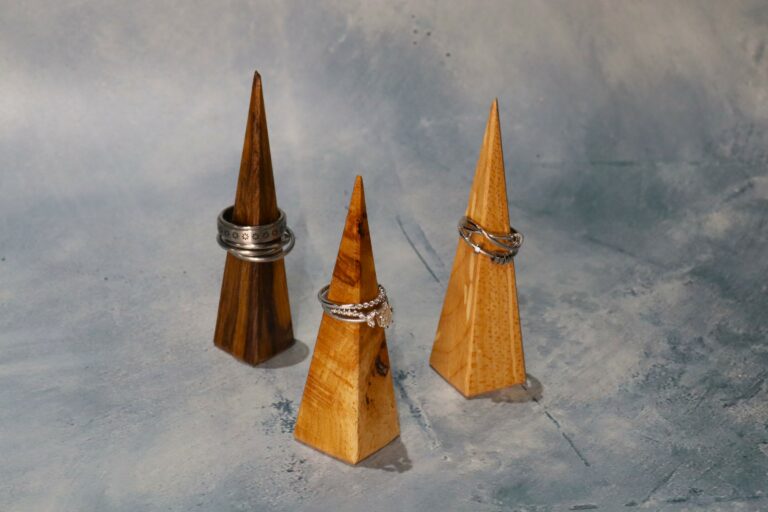
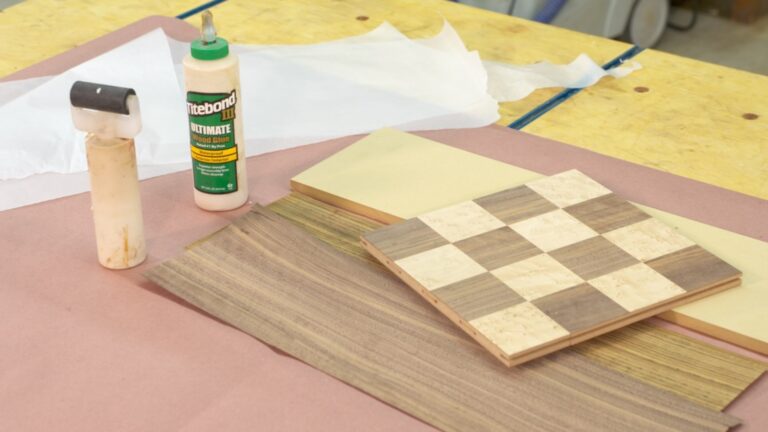
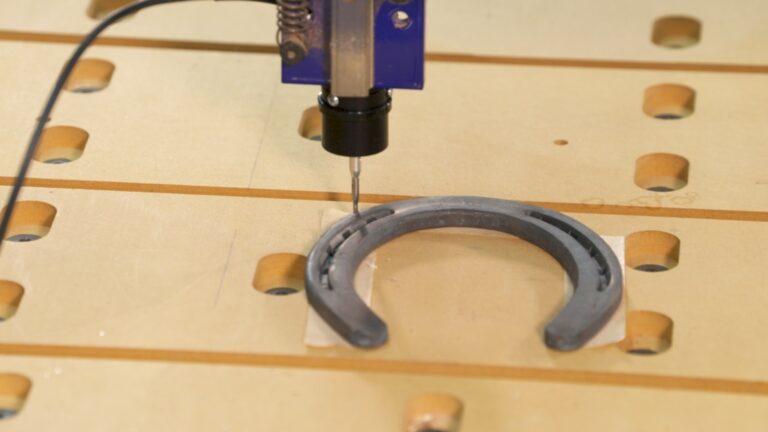
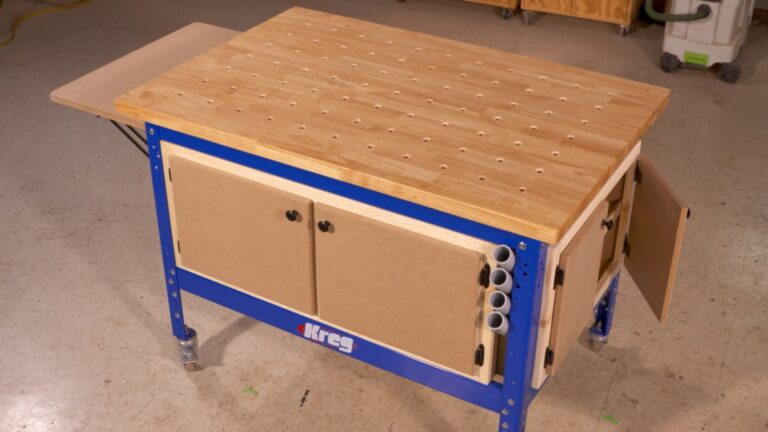

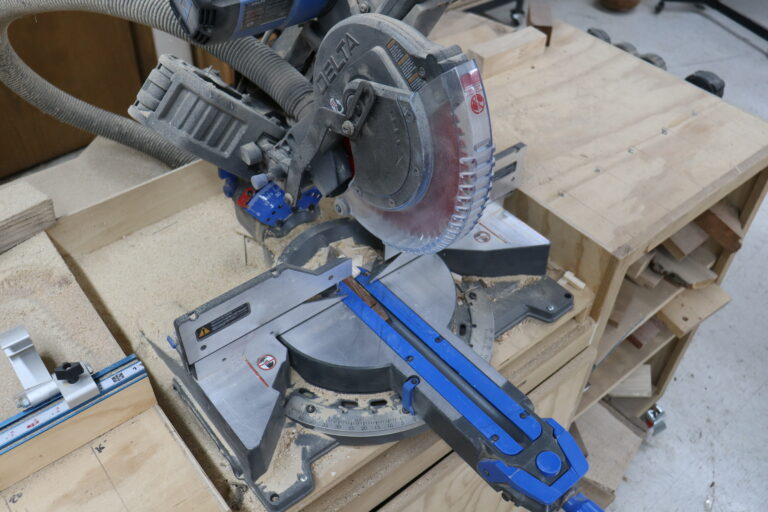
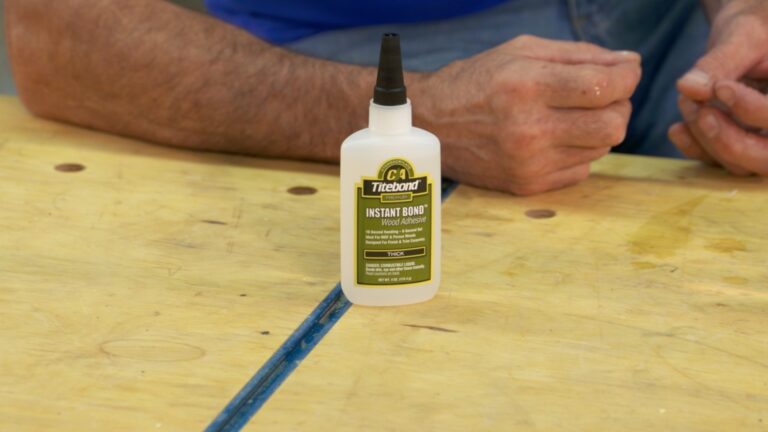
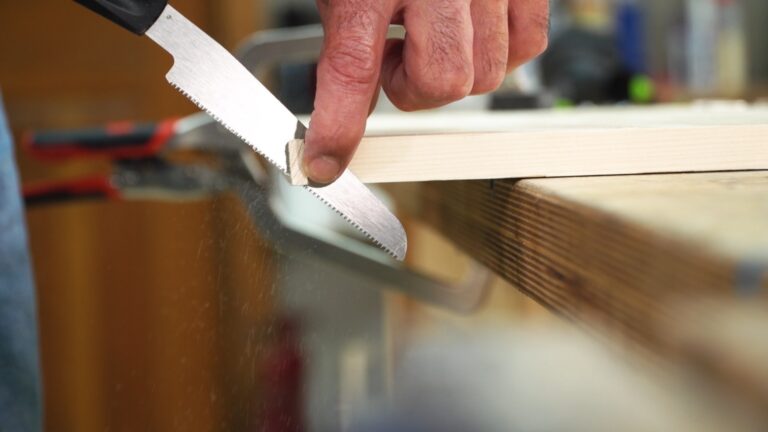
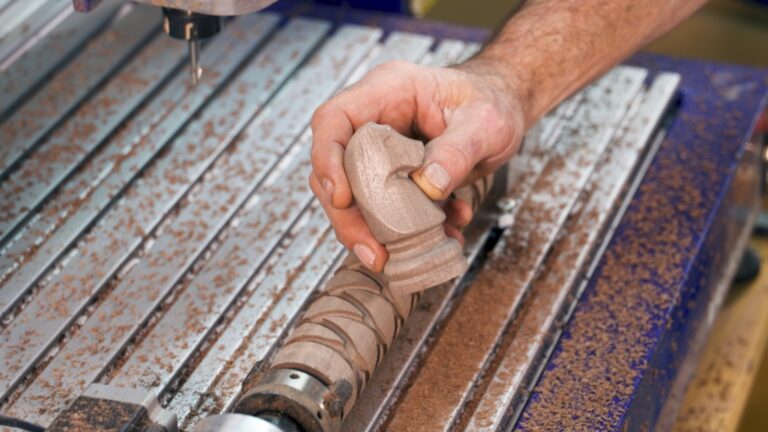
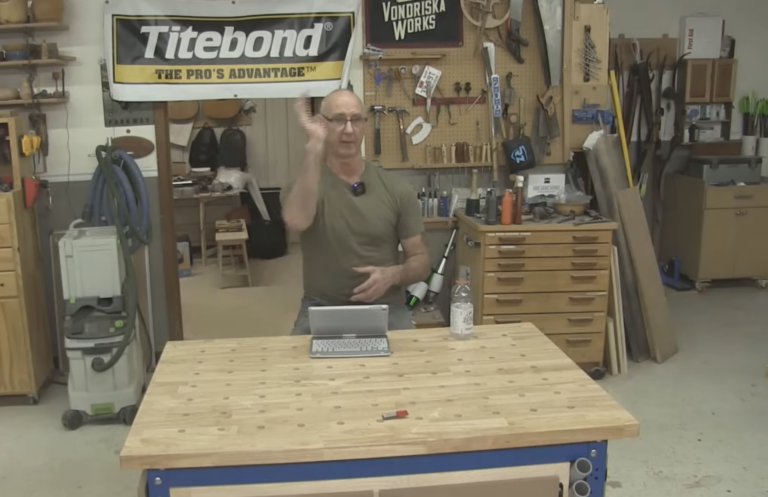
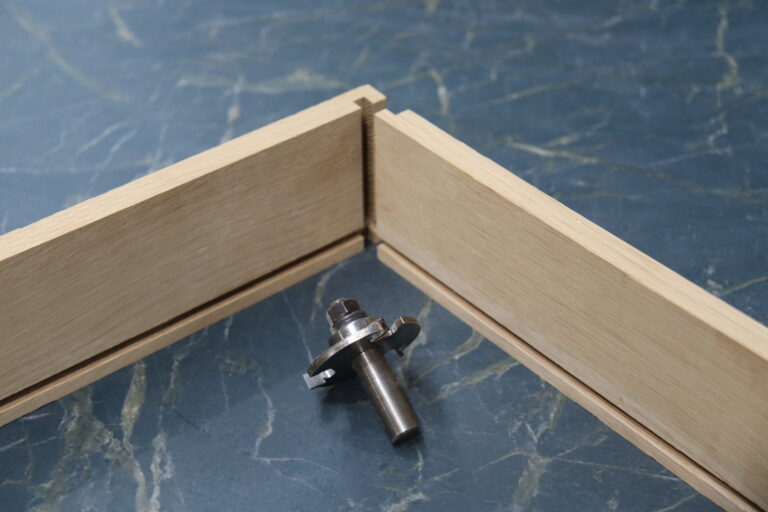
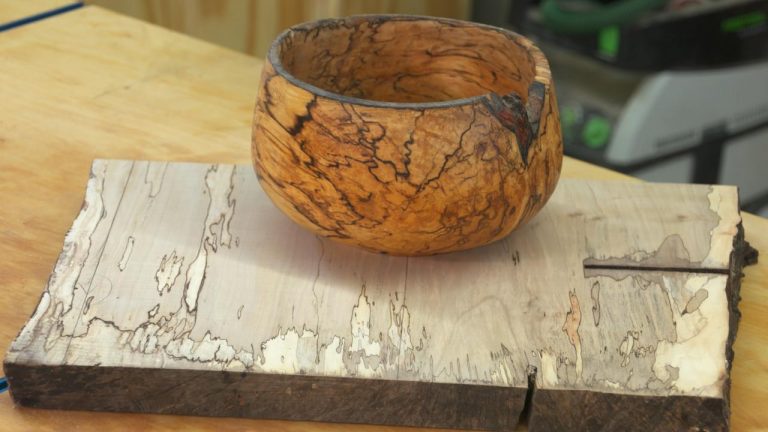
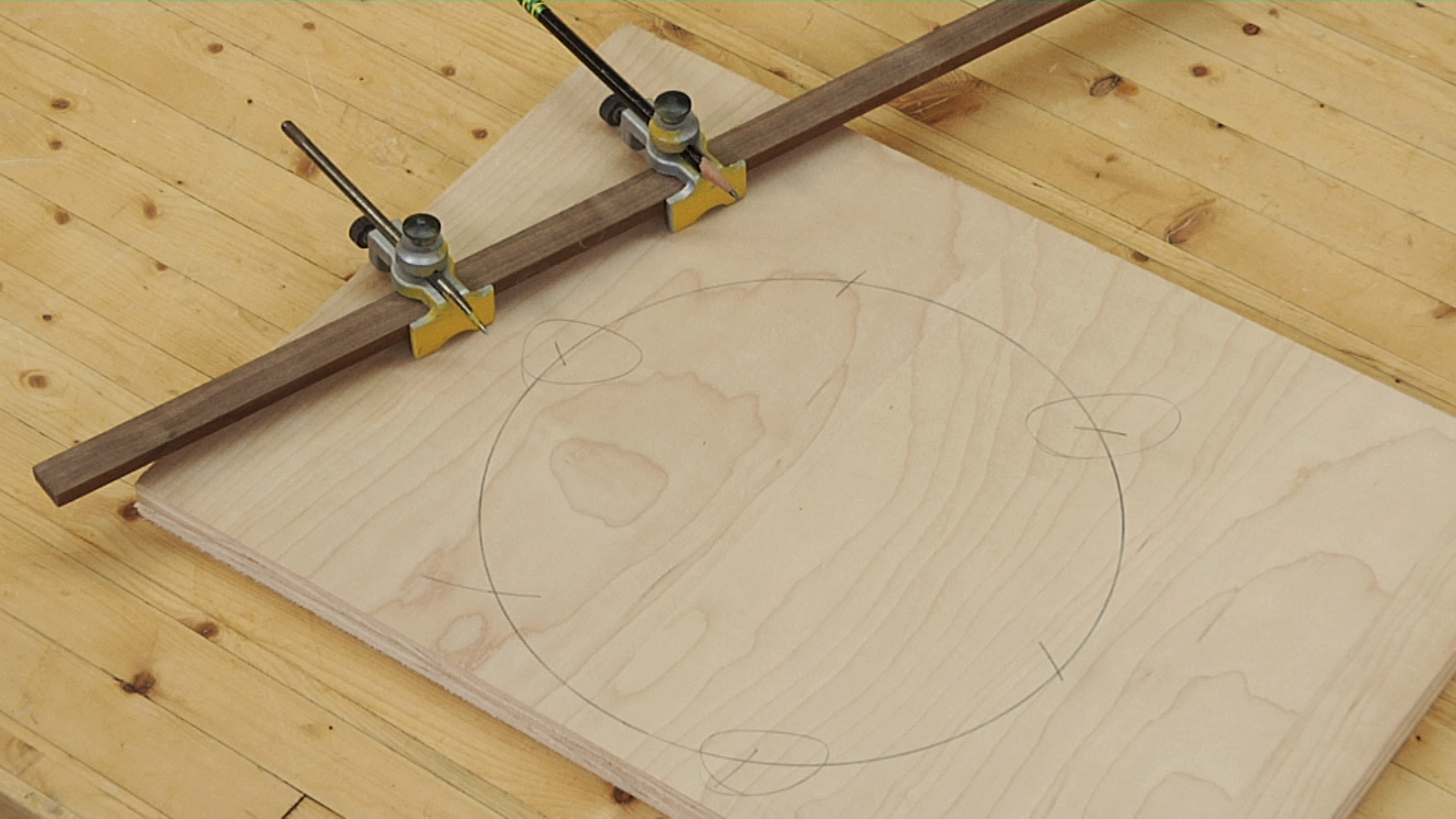
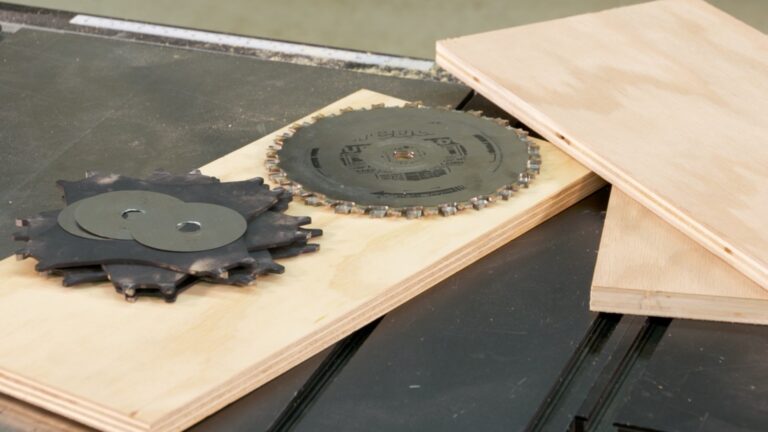
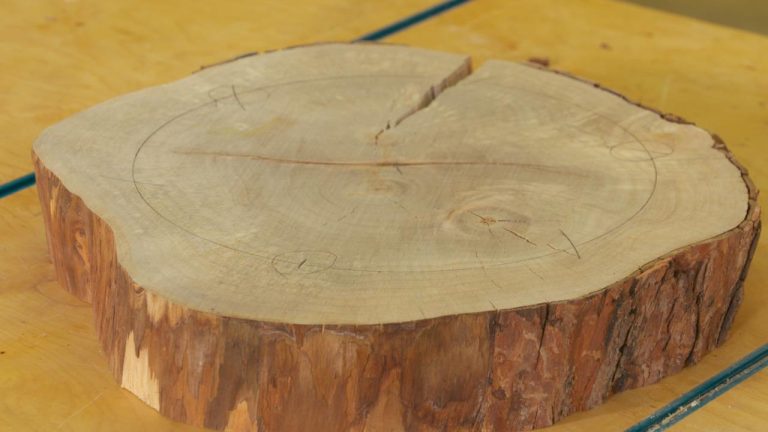
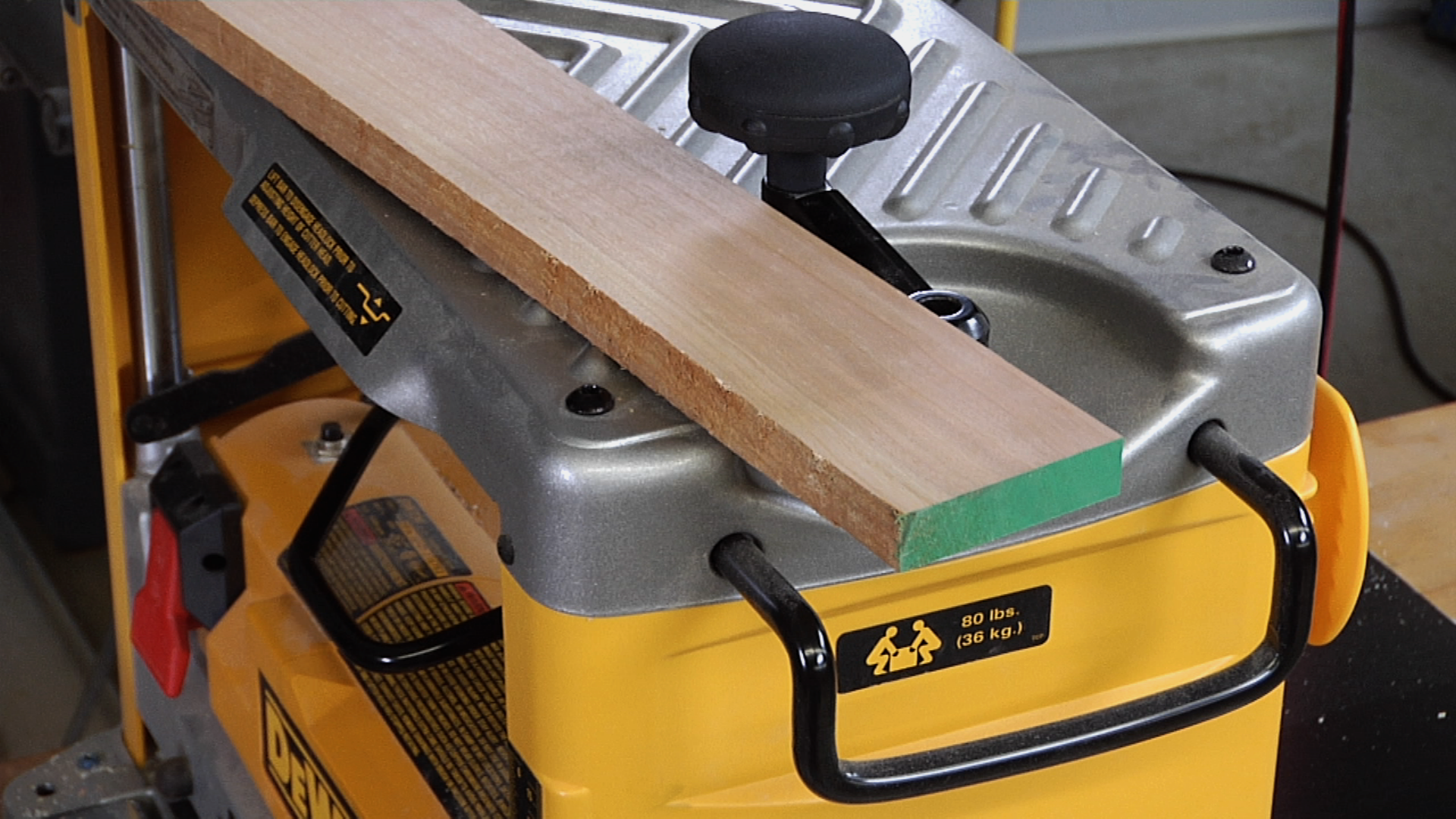
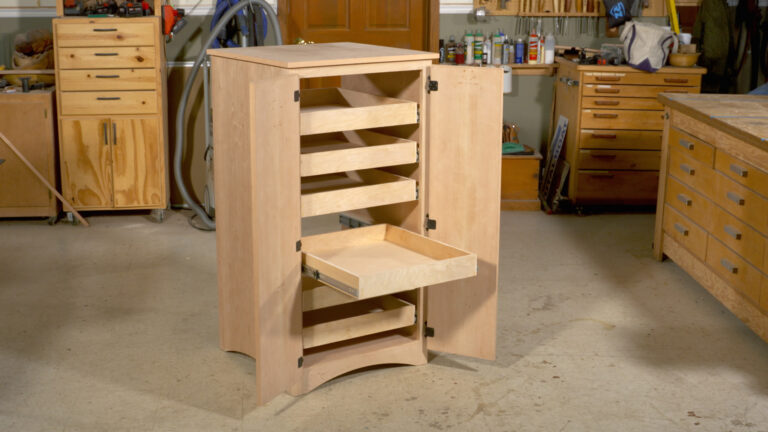
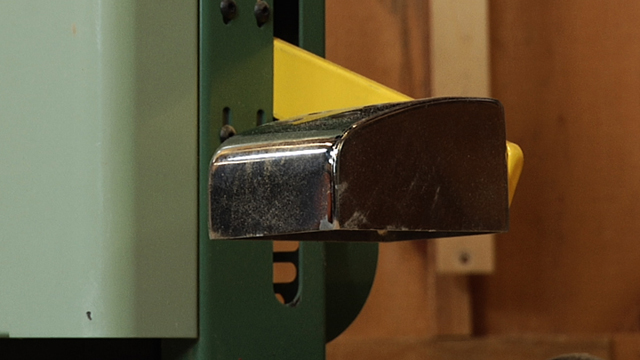
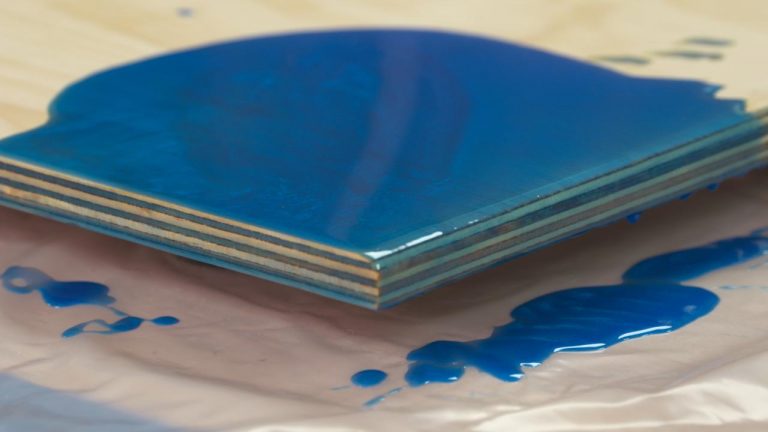
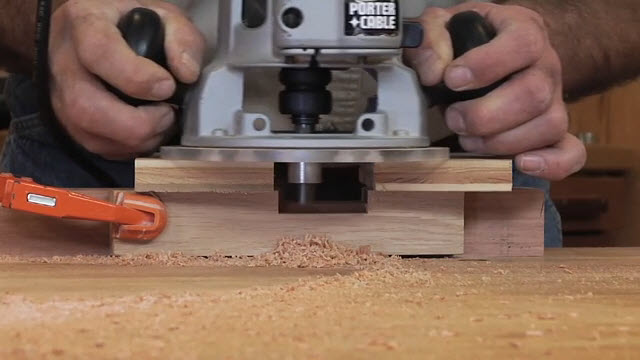
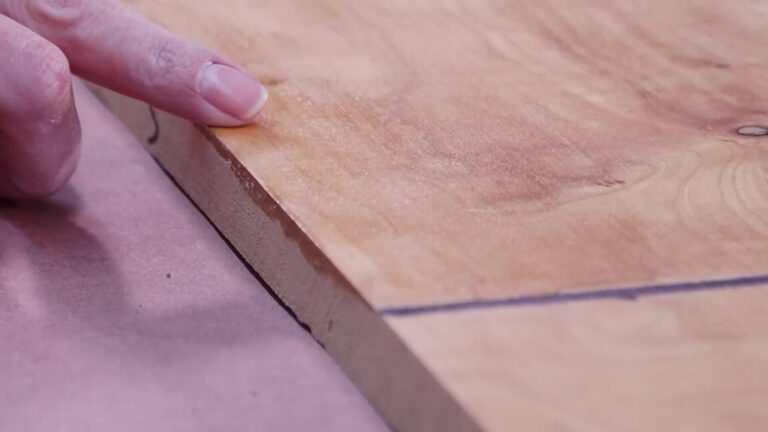
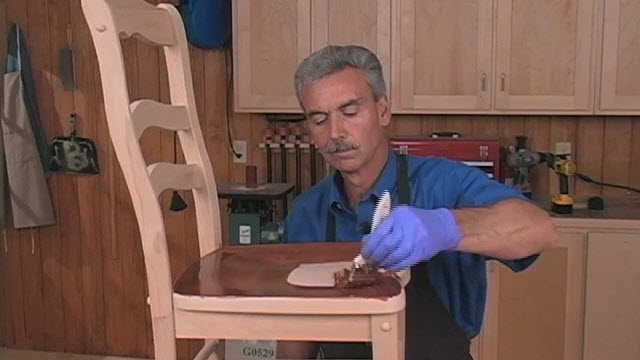
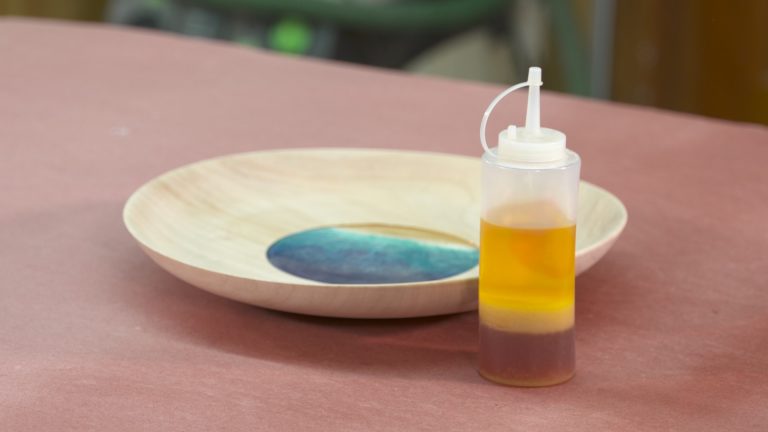
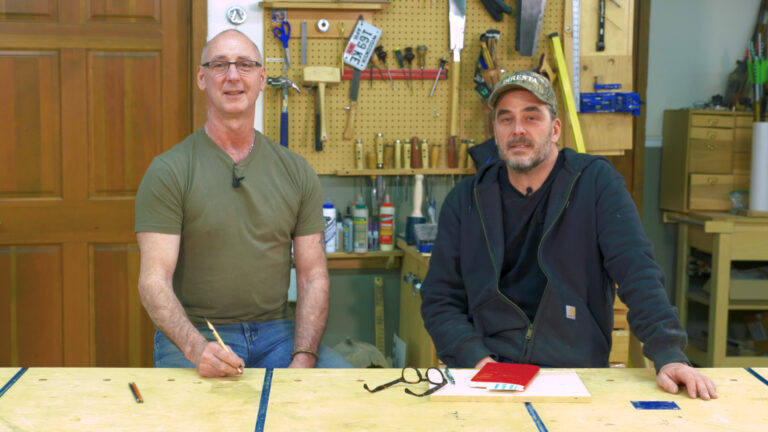
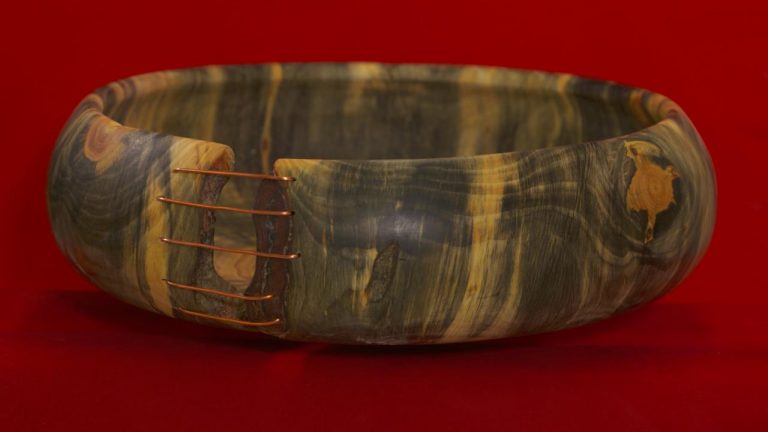
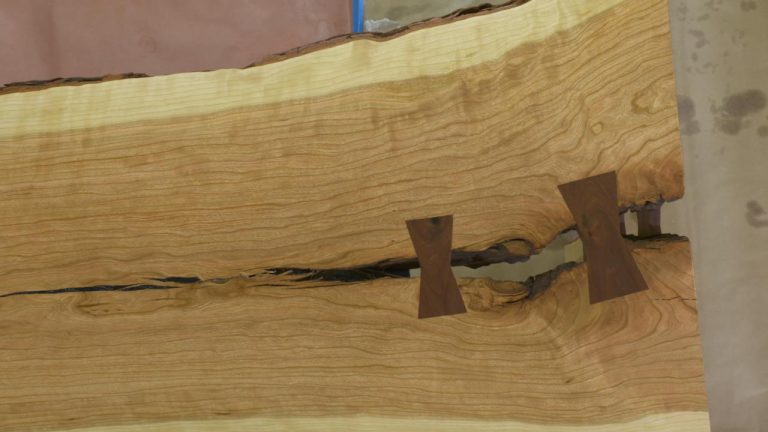
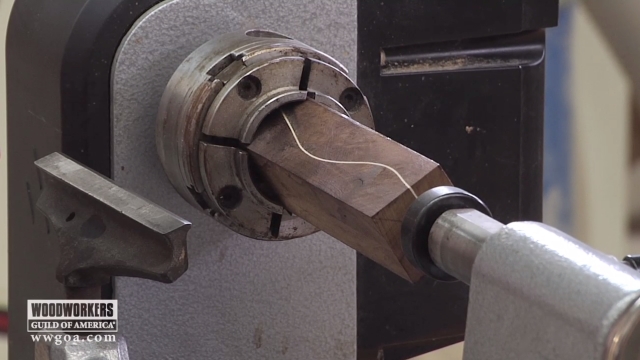
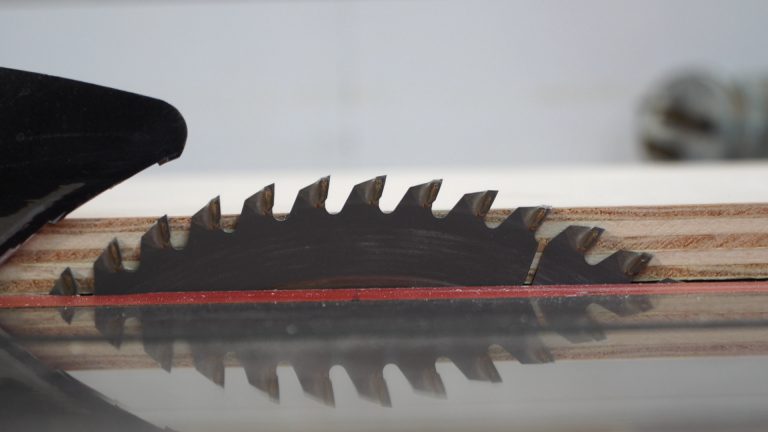
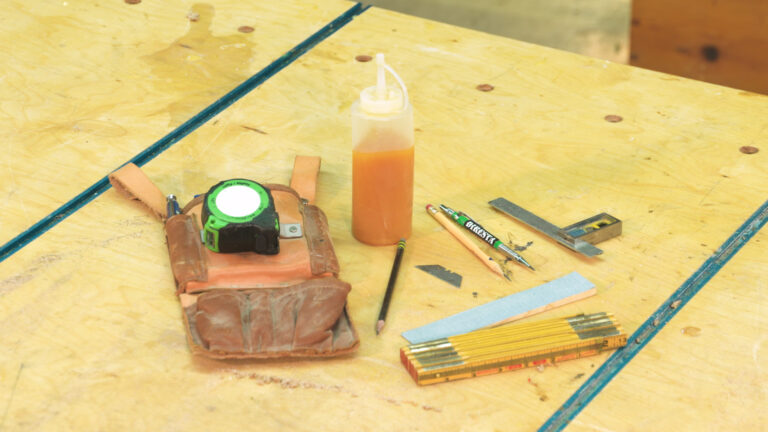
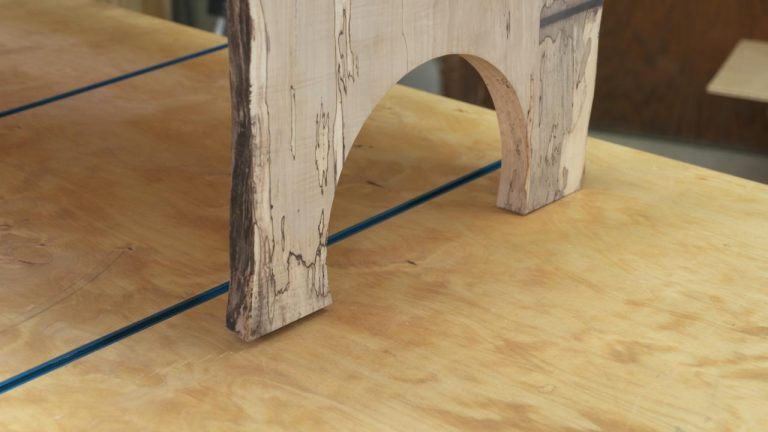
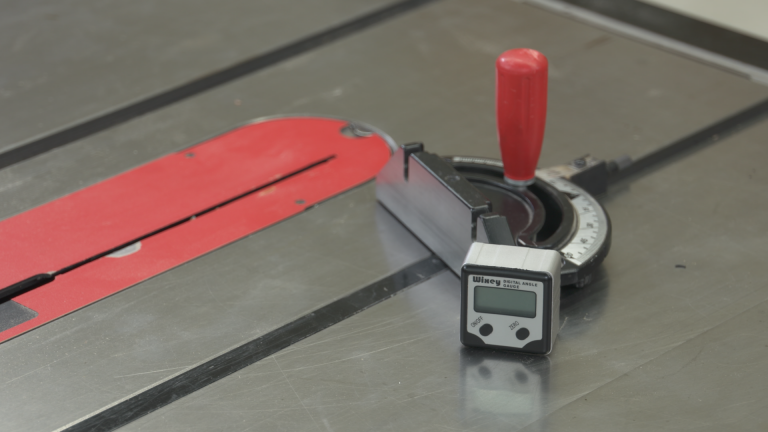
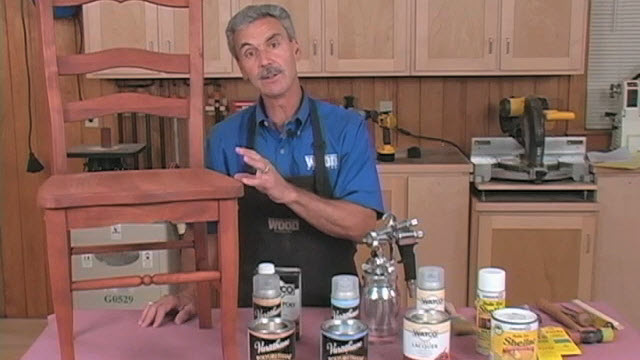
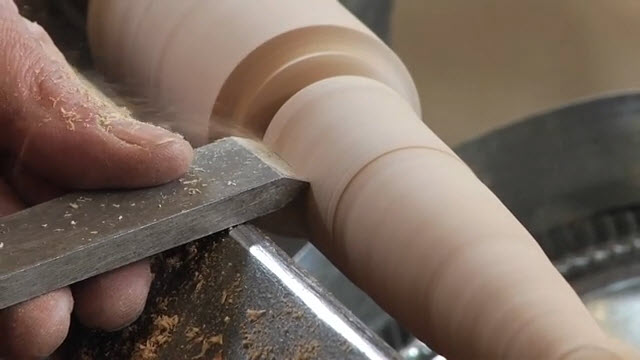
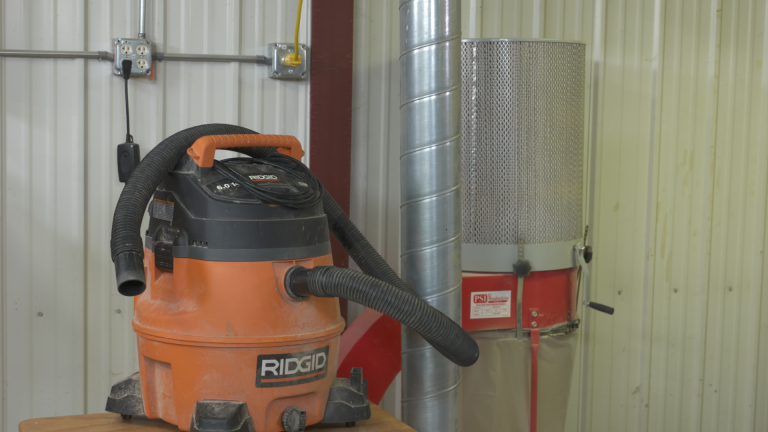
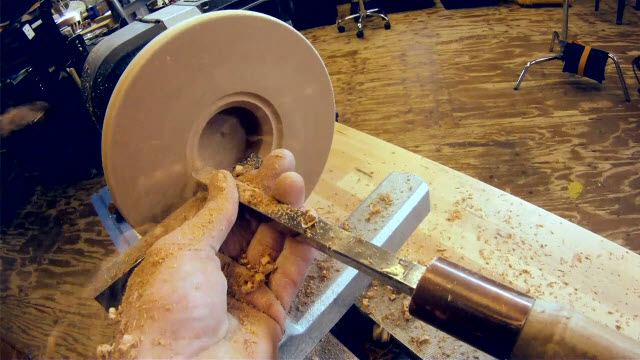
I have an opportunity to get some reclaimed maple church pew seats and backs that have recently been dismantled and removed from our sanctuary. One side of the seat is raw, the other side of the seats and both sides of the back have been finished with a oil based varnish. My question is how to handle these pieces for reclaiming. There is no metal in any of these pieces that range from 3/4 to 1 1/4 inch in thickness, 12 to 17 inches wide, and 8 feet long. Can they safely be run through a thickness planer or will the varnish wipe out the knives and rollers? Any other suggestions for reclaiming this material?
I "reclaim" myself, from pallets, to scrap pile where someone was refacing kitchen cabinets, to scrap from a neighbor's contractor waste from a large outside cedar project. Amazing what people throw away. Question: reclaim stuff with nail /screw holes, or other flaws, do you just cut around, or sand/repair or epoxy ( color of choice)?
No need to order reclaimed wood from a supplier if you buy an old house as a rescue project. I bought a house in Virginia built in 1910. As luck would have it, there was a contemporaneous shed behind the house that was beyond saving, but much of the wood - which included a basketful of different species - could be reused. That, plus material salvaged from the house itself as we renovated, will keep my woodshop humming for many, many years.
Recycling wood used long ago here in Montana for many years back has yeilded mostly pine and fir lumber around here. No hard wood trees can live here.
Probably the best example would be American Chestnut (often referred to as Wormy Chestnut). The species is functionally extinct. The only way you will ever work with this amazing wood is by purchasing it reclaimed.